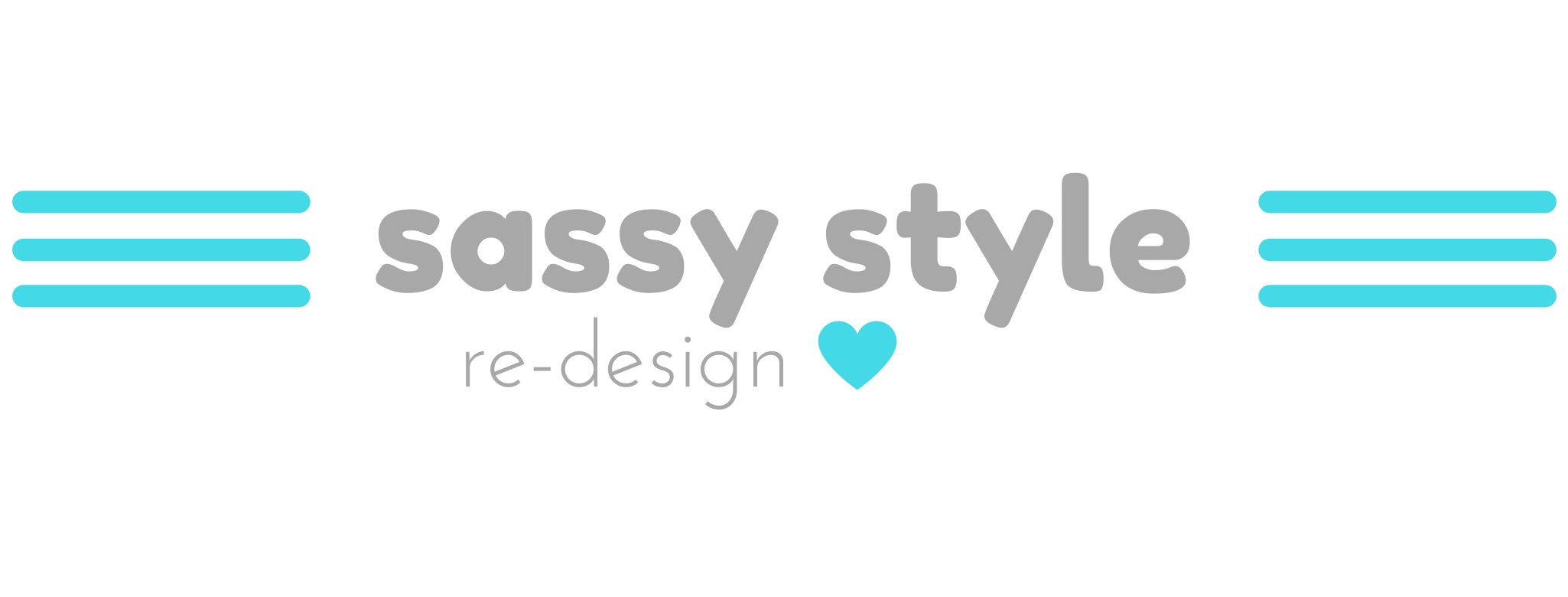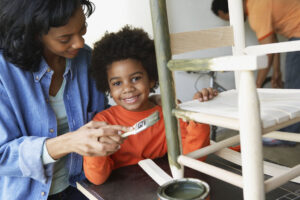How to Help Your Child Adjust to Daycare and Ease Separation Anxiety

Does your child cry every time you leave them at daycare? Do they cling to you and refuse to let go? If so, your child may be experiencing separation anxiety.
Separation anxiety is a common phenomenon among young children, who often have difficulty understanding that their caregivers will return after leaving them for a period of time. Let’s find out about what you can do to ease it.
Talk to Your Child About Daycare and What They Can Expect
Even though it can be difficult to talk to your child about daycare and the transition they will be making, it’s important to make sure they know what to expect. Open communication is key in helping them understand why the change is happening and how exciting it will be for them.
Helping your child understand why they are going to daycare and what it will mean for them can ease their anxiety as they learn more. Explain any rules that may be different like no running inside, or taking turns on shared toys, as well as expectations around nap times and meal times.
Make sure you keep your explanation upbeat and interesting so your child is excited about going instead of feeling like it’s a chore to attend.
Visit the Daycare Facility With Your Child Ahead of Time
Visiting the daycare ahead of time is a great idea for helping children adjust to the environment and ease separation anxiety. It will give them an opportunity to see all of the different toys and activities they’ll be able to participate in, so they can feel excited rather than anxious.
Seeing familiar faces will also help make your little one more comfortable with being away from home. You may want to come back multiple times before your child’s first day begins so they get used to the place and build familiarity. The more connection your child makes with the caregivers and other kids at the facility, the smoother their transition into daycare will be!
Get To Know the Staff Members
It’s normal for parents to feel anxious about leaving their child with strangers, especially if it is the first time in a daycare. An important part of helping your child adjust and ease separation anxiety is getting to know the staff members who will be taking care of them.
Take the time to introduce yourself, ask questions, and come to understand the experience and credentials of their daycare teachers. When your child sees that you have met everybody and nothing seems strange or unfamiliar, he or she will feel more secure during times of separation.
Remember that building this relationship with your daycare staff can help make an easier transition for both you and your child.
Make Sure Your Child Has a Favorite Toy or Blanket From Home
Spending time away from home for the first time can be a scary experience for your child, especially when adjusting to a new daycare environment. To help ease your child’s transition, make sure they have something special from home to make them feel comfortable.
Whether it’s a favorite blanket or a beloved toy, choosing an item that your child likes to carry around with them will provide comfort and security while they explore their new surroundings. Making this small effort ahead of time can make all the difference in helping your child acclimate to their new surroundings smoothly.
Conclusion
As a parent, it can be hard to leave your little one at daycare each morning, but there are several things you can do to ease their separation anxiety. A great first step is to say goodbye to them with a big hug and kiss. This will let them know that even when you have to part ways, your love for them still remains. Also, make sure they know exactly when you will be coming back for them – try saying something like “I’ll see you this afternoon!” in a playful tone. When implemented consistently, these small comforting gestures can help your child adjust to daycare with fewer tears and greater ease.



































No comments